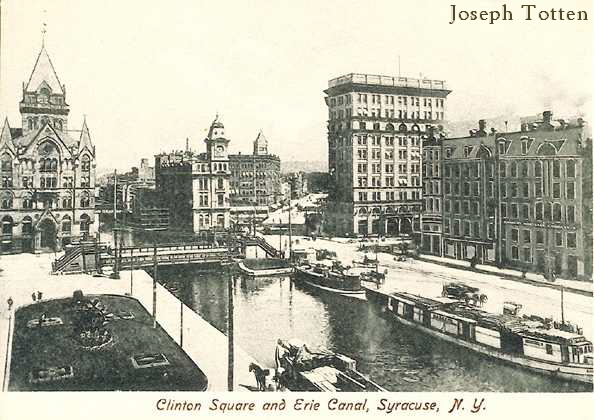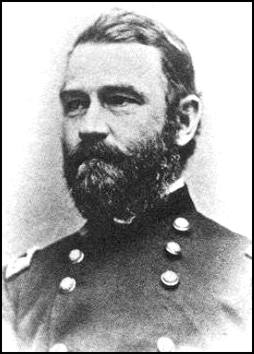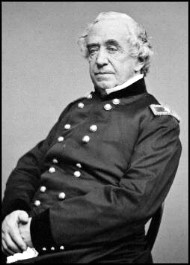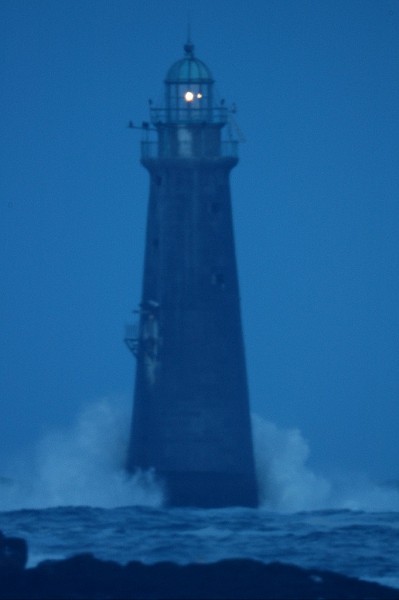|
Lt. Colonel Joseph Totten of the US Army Corps of Engineers took command of the construction of Fort Adams in Newport, RI, in 1825. Over the next 13 years, Totten conducted extensive research into materials of construction, including lime and natural cement. He was an innovative designer, developing the “Totten shutter”, a system for protecting fortification gun crews from incoming fire.
Totten published the results of his experiments at Fort Adams in 1838, upon completion of its construction. He was promoted to General, was appointed Chief of the Corps of Engineers and relocated to Washington, DC.
A strong proponent of natural cement technology, Totten’s influence reached beyond military construction. In the wake of a series of scandals relating to the poor performance of American lighthouses, Totten was appointed to the Lighthouse Board in 1855 and lighthouse construction and modification was soon turned over to the Corps of Engineers. Totten personally designed the Minots Ledge Lighthouse in Boston Harbor, still in service today, and considered the most wave-swept structure in North America. Natural cement was used in its construction.
General Totten appointed West Point graduate architect Montgomery Meigs to design and build the aqueduct system to supply fresh water to the City of Washington, DC. The aqueduct system, built entirely with natural cement, includes the Cabin John Bridge, once the largest stone arch structure in North America, and still in service today. Meigs went on to design a number of other major natural cement structures in Washington, including the Smithsonian National Museum (current Arts and Industries Building) and the Pension Bureau (current National Building Museum).
Totten’s 1838 publication “Brief Observations on Common Mortars, Hydraulic Mortars and Concretes” provides an insight into the man, his methods and the technology he chose to use over the course of nearly 40 years of construction.
As copies of Totten’s work are rare, his “Brief Observations” are reproduced here, as a service to historians, students, industrial archaeologists and other interested parties.
|




